7-12-2024
Brainstorming Draft Specs to develop "FemtoTX" and "AttoTX" form factor
https://en.wikipedia.org/wiki/Small_Form_Factor_Special_Interest_Group
"FemtoTX" (fTX) could be used for tablets and laptops, whereas "AttoTX" aTX) could be for cell phones, and at least small enough to be in a keycard or usb drive. Though there could be an overlap so that attoTX can also fit on a femtoTX mounting holes (similar to mini-ITX fitting on 4 of 9 Micro holes.
| micro | μ | 10−6 | 0.000001 | 1873 |
| nano | n | 10−9 | 0.000000001 | 1960 |
| pico | p | 10−12 | 0.000000000001 | |
| femto | f | 10−15 | 0.000000000000001 | 1964 |
| atto | a | 10−18 | 0.000000000000000001 |
from:
https://en.wikipedia.org/wiki/Metric_prefix#List_of_SI_prefixes (chosen for easy reference/continuity, rather than arbitrarily small form factor concept)
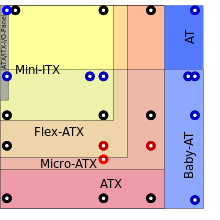
"The Mobile-ITX form factor was announced by VIA Technologies at Computex in June, 2007. The motherboard size of first prototypes was 75 × 45 mm (3.0 × 1.8 in).[2] The design was intended for ultra-mobile computing such as a smartphone or UMPC."
https://en.wikipedia.org/wiki/Mobile-ITX
| Embedded |
|
|---|
60mm is 2.3622" and that might be too large for a mobile phone at least for a square dimension. 40x40mm = 1.57x1.57" and might be simpler for a smaller form factor, but perhaps too small for femtoTX and too large for attoTX.
The Sparkfun Nano, for example (see pictures) is 49mmx21mmx7mm (1.92"x0.82"x0.27"):
https://www.distrelec.biz/en/redboard-artemis-nano-development-board-76v-sparkfun-electronics-dev-15443/p/30160886 Narrow and thin enough to fit in a phone and long enough for additional headers. A boxier one would not as flexible with most cell phones (as 1.9 wide would leave little space for the side of the cell phone. Two mounting holes could be used, however, and doubling the width to 50x50mm or 49x49mm might be ideal for femtoTX, which could have the same distance between mounting holes for all 4.
By comparison, the Raspberry Pi 3-4 is around 85x56x17mm (l x w x h): https://www.waveshare.com/raspberry-pi-4-model-b-8gb-ram.htm
| ZERO | ZEROW/ WH | 3A+ | 3B | 3B+ | 4B | |
|---|---|---|---|---|---|---|
| SOC | BCM2835 | BCM2837B0 | BCM2711B0 | |||
| CPU | ARM11 Single-core 700MHz | ARM Cortex-A53 Quad-core (3B 1.2GHz, 3A+/3B+ 1.4GHz) | ARM Cortex-A72 Quad-core 1.5GHz | |||
| GPU | Broadcom VideoCore IV@400MHz | Broadcom VideoCore IV@500MHz | ||||
| RAM | 512MB | 512MB | 1GB | Choice of 2GB/4GB/8GB | ||
| USB | 1x micro USB | 1x USB2.0 | 4x USB2.0 | 2x USB2.0 + 2x USB3.0 | ||
| HDMI | Micro HDMI | HDMI | Mini HDMI | |||
| Bluetooth | N/A | Bluetooth 4.1 | Bluetooth 4.2 | Bluetooth 4.1 | Bluetooth 4.2 | Bluetooth 5.0 |
| WiFi | N/A | 802.11 b/g/n | 3B: 802.11 b/g/n, others: 802.11 b/g/n/ac 2.4GHz/5GHz dual band | |||
| Ethernet | N/A | 100Mbps | 300Mbps (USB) | 1000Mbps | ||
| PoE | N/A | Yes | ||||
| Power Input | Micro USB (5V 2.5A) | USB Type-C (5V 3A) | ||||
| Dimensions | 65 × 30 x 5 mm | 65 × 56 mm | 85 x 56 x 17 mm | |||
The PicoITX (, a common embedded format, is slightly larger than the newer Raspberry Pis, but not by much:
- Pico-ITX (100×72)
ROCK Pi E: 56 x 65 mm, or 2.5 x 2.2 in
(2020) Radxa’s latest single-board computer is a tiny system that measures just 65mm x 56mm (2.6″ x 2.2″). It’s called the Rock Pi E and it features a Rockchip RK3328, support for up to 2GB of RAM, and an eMMC socket and microSD card reader that you can use for storage." https://liliputing.com/the-24-rock-pi-e-is-a-tiny-quad-core-computer-for-headless-applications/
https://wiki.radxa.com/RockpiS:
- "The measurement is 1.7 x 1.7 inches (38.1 x 38.1 mm)."
https://www.electronics-lab.com/an-overview-of-rock-pi-s-v1-3/
Having used a RockPi S, it seems acceptably small without being too wide. Whether...
Read more » Giovanni
Giovanni
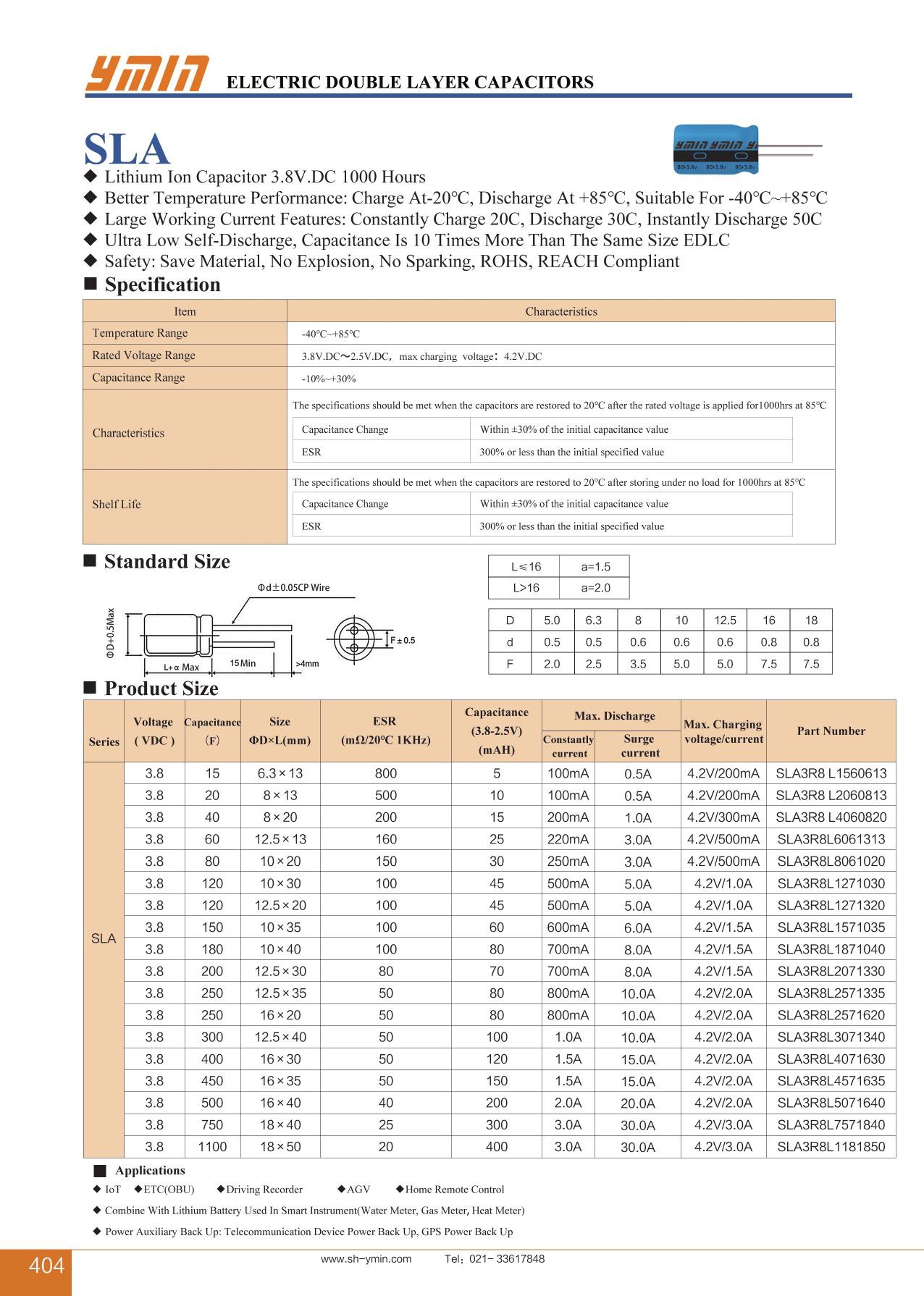
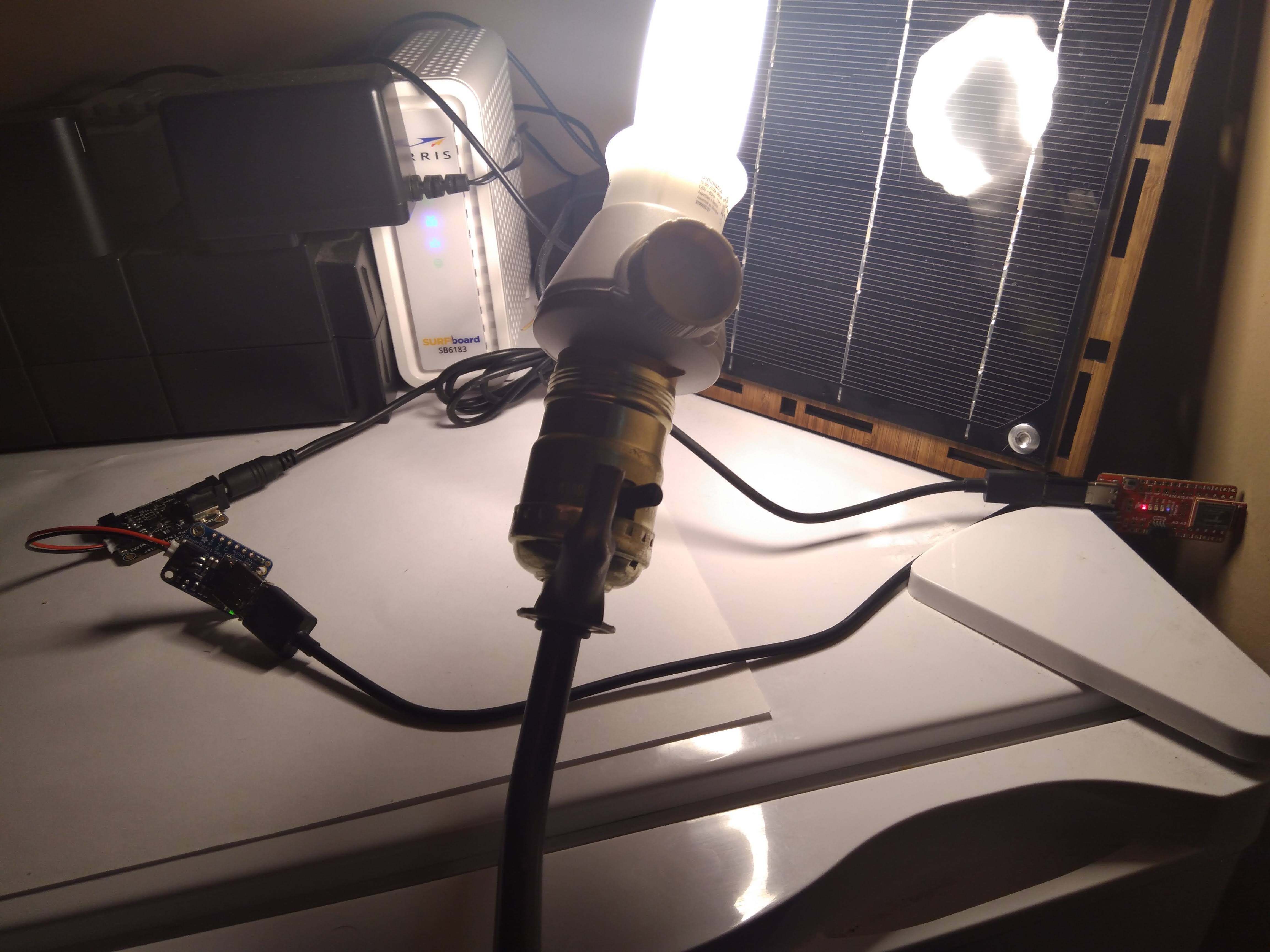
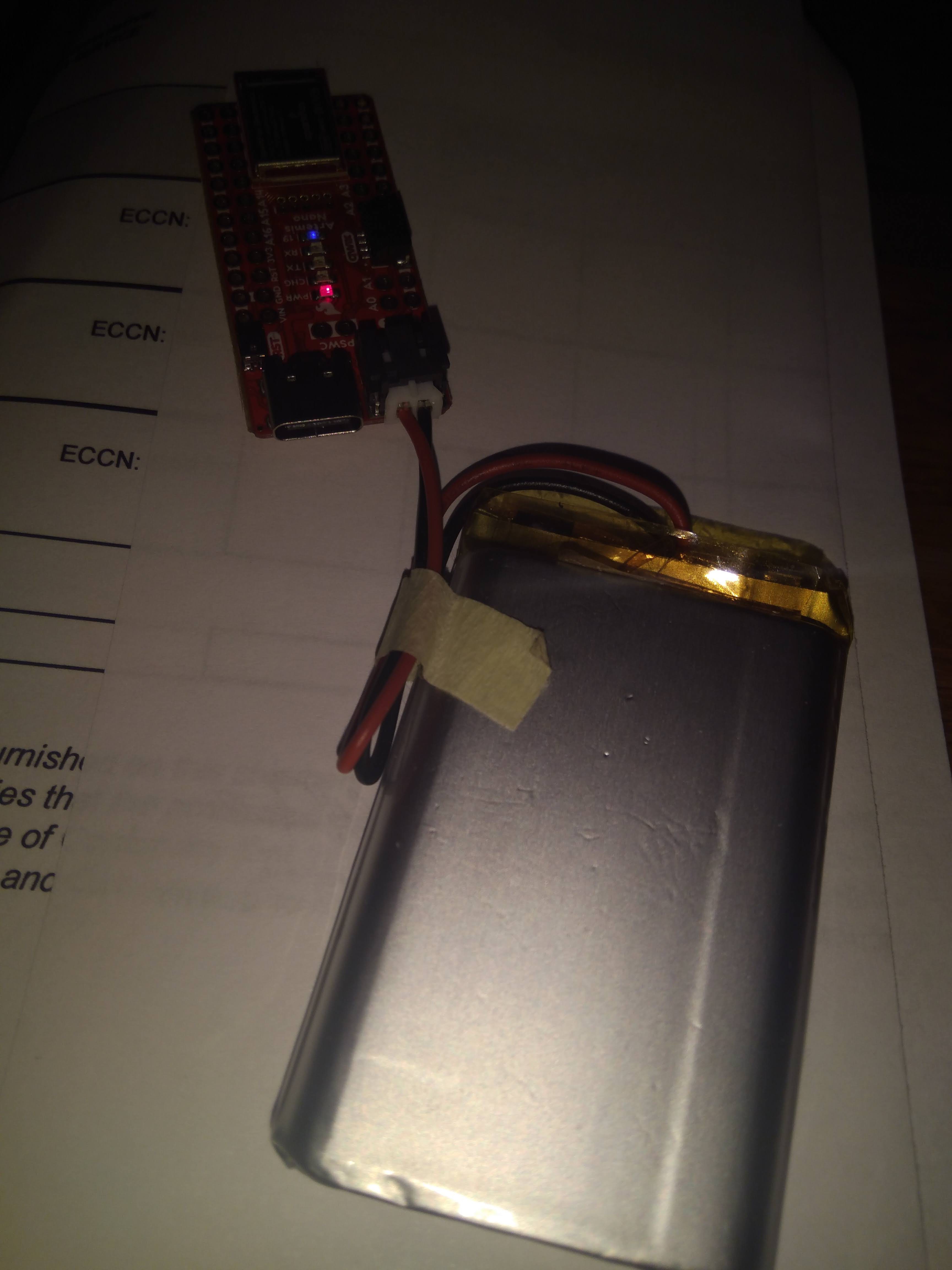
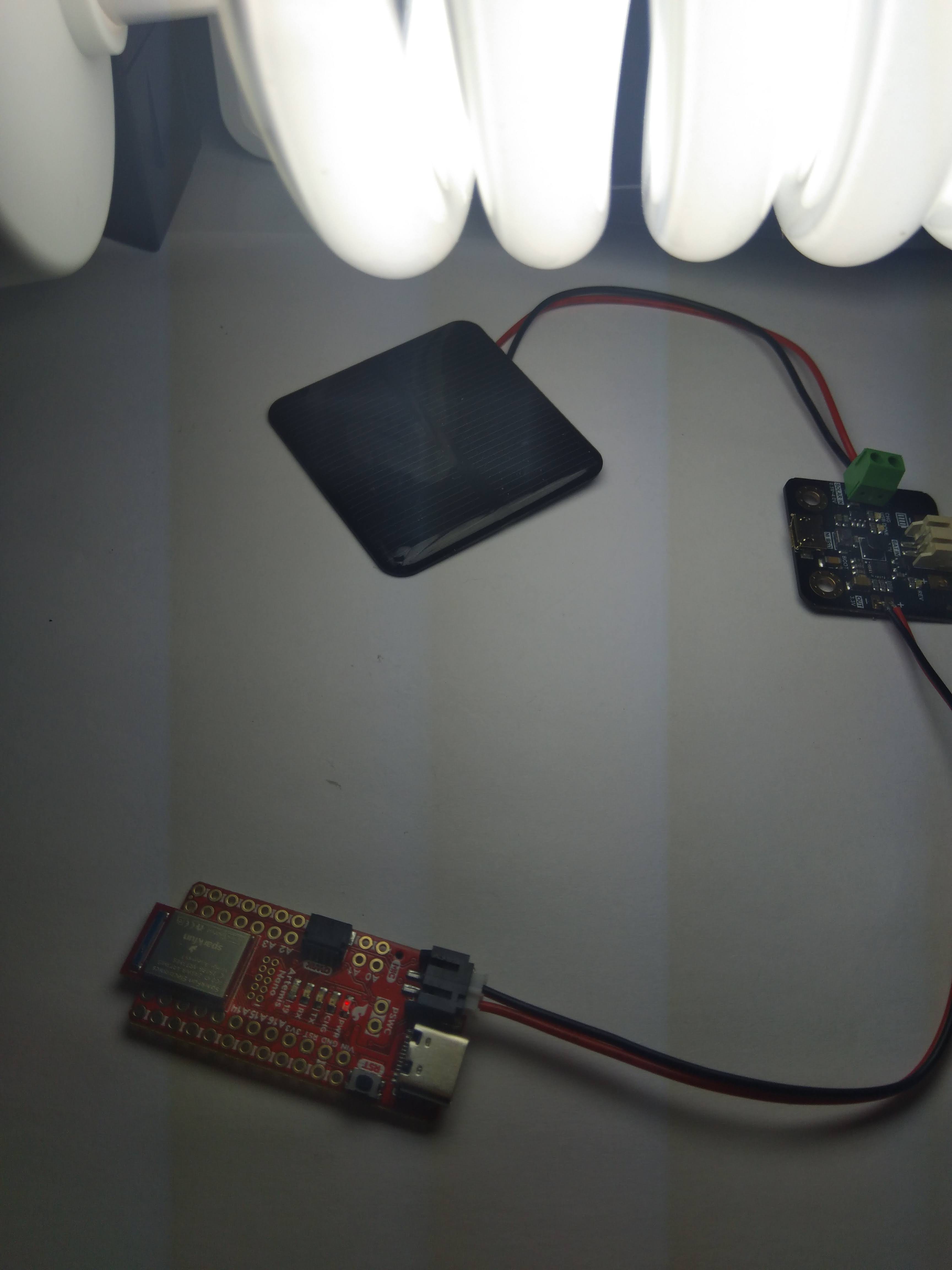
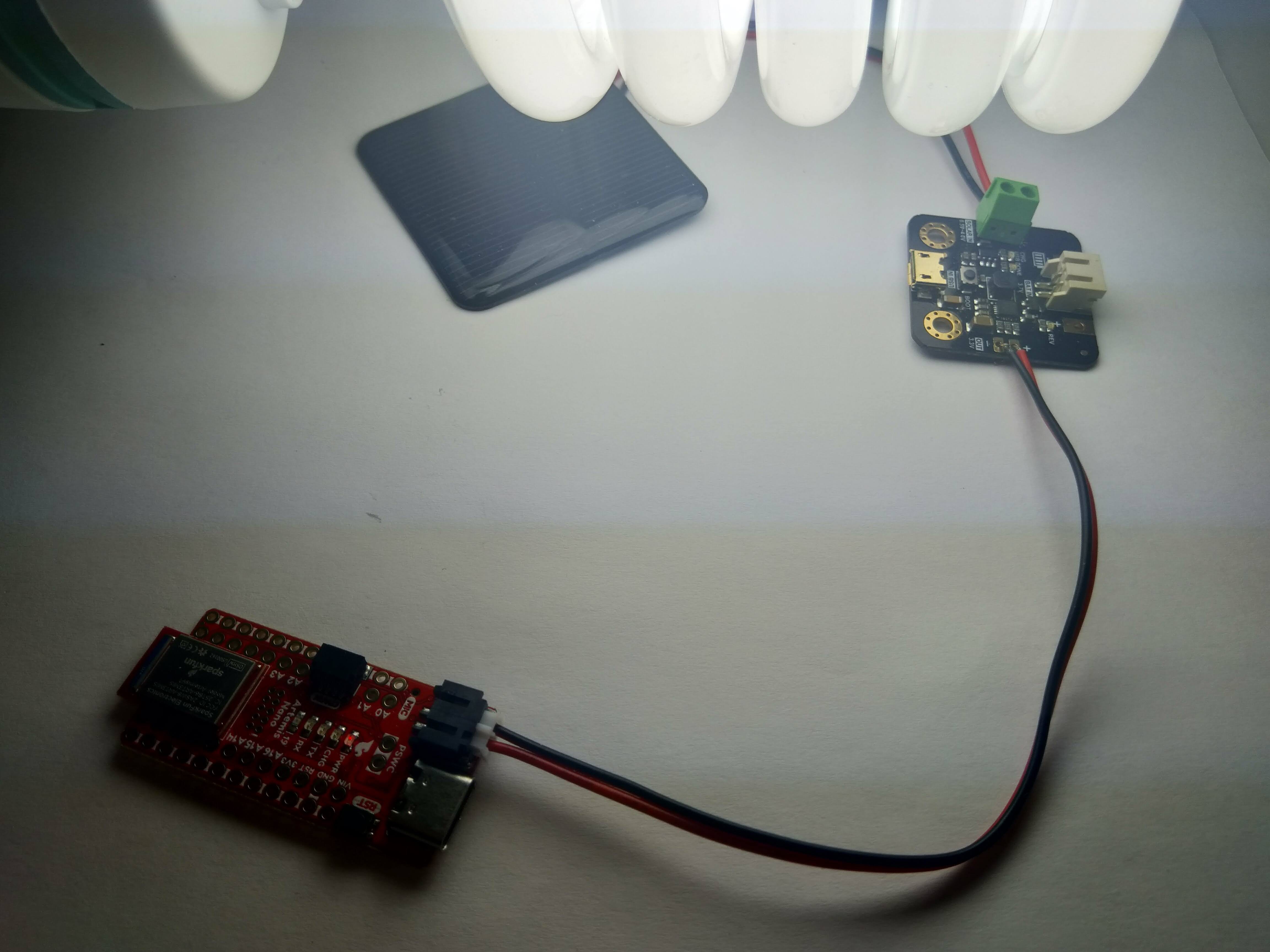




please add more ram 512K is ok for start.
and meybe a meshtastic.org / reticulum.network Lora network for emergency communications